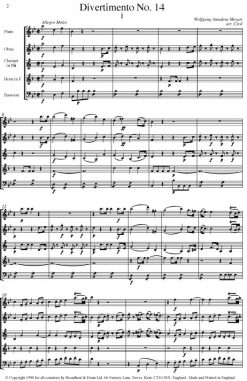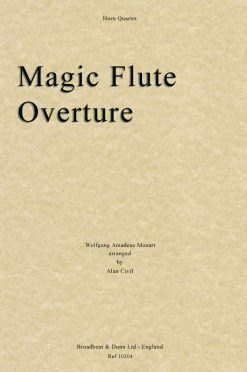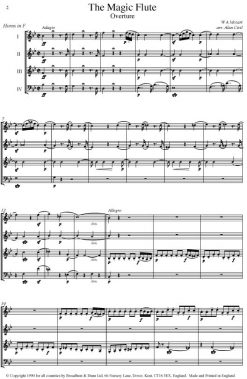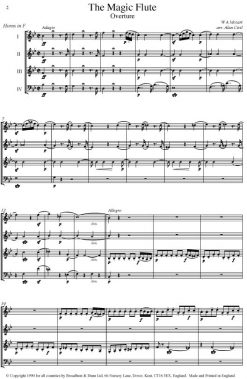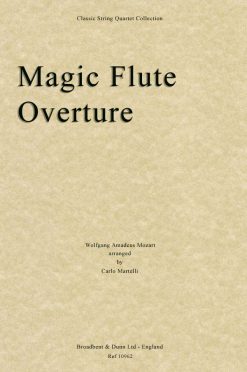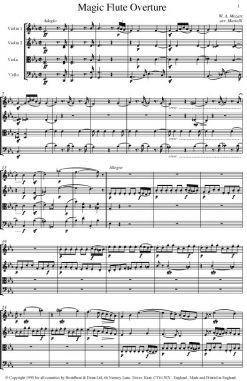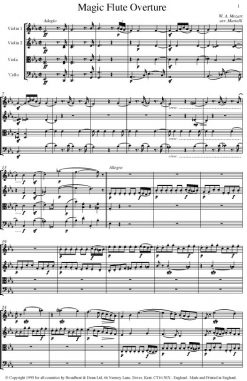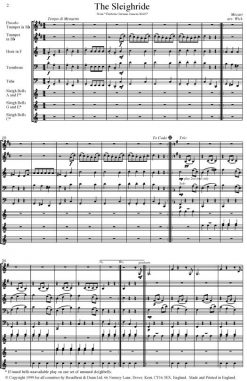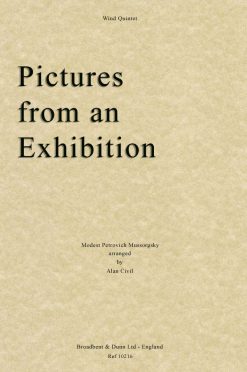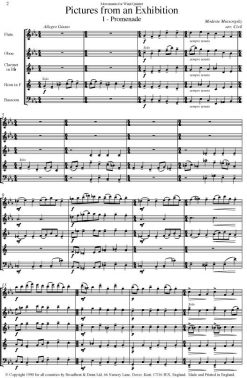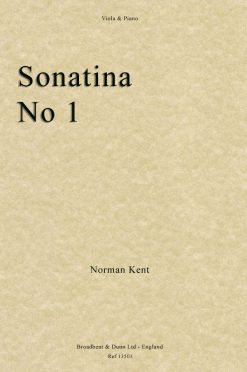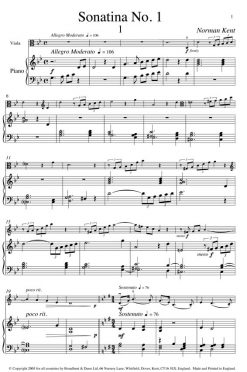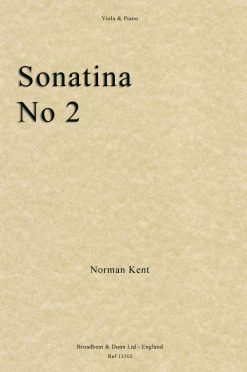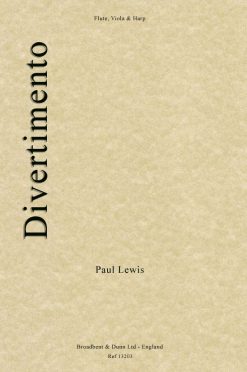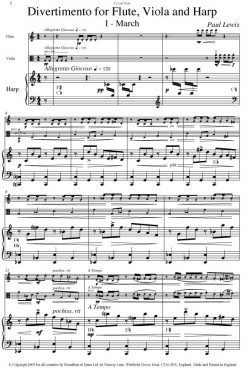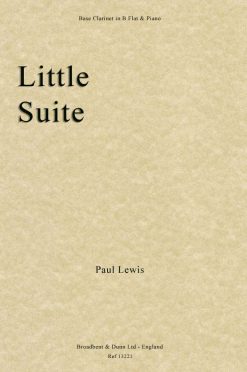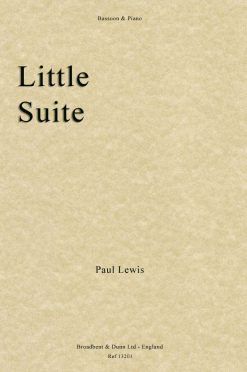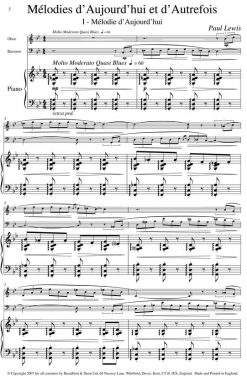Horn Quartet
Mozart, Wolfgang Amadeus
Mozart, Wolfgang Amadeus
Mozart – The Magic Flute Overture (String Quartet Parts) – Parts Digital Download
Mozart, Wolfgang Amadeus
Mozart, Wolfgang Amadeus
Mozart – The Magic Flute Overture (String Quartet Score) – Score Digital Download
Brass Quintet
Mozart – The Sleighride from Thirteen German Dances, K605 No. 3 (Brass Quintet with Sleighbells)
Brass Quintet
Brass Quintet
Viola & Piano
Viola & Piano
Flute, Viola & Harp
Flute, Viola & Harp
Paul Lewis – Divertimento (Flute, Viola & Harp) – Digital Download
Flute & Piano
Clarinet & Piano
Bassoon & Piano
Bassoon & Piano
Paul Lewis – Little Suite (Bassoon & Piano) – Digital Download
Oboe, Bassoon & Piano
Paul Lewis – Mélodies d’Aujourd’hui et d’Autrefois (Oboe, Bassoon & Piano)
Oboe, Bassoon & Piano
Paul Lewis – Mélodies d’Aujourd’hui et d’Autrefois (Oboe, Bassoon & Piano) – Digital Download
Flute & Piano
This work, consisting of four melodic pieces inspired by the infant children of friends of the composer, is in an uncomplicatedly melodic style being evocative of the innocence of childhood, and is very pleasing to perform and to listen to. Lullaby for Laura did its job when, on hearing it for the first time, Laura fell asleep in her mother's arms. Tallulah's Tune is based on the rhythm of her names. Poppy's Waltz was inspired by a neighbours little blonde girl in her garden, and Keris Mae was introduced to the composer in a playground, hence the playful nature of her piece. Premiered in London by Rachel Smith (a regular interpreter of Lewis's music) accompanied by Rachel Fryer on the 1st August 2005. Named as a finalist in the 2012 National Flute Association’s Newly Published Music Competition, Pictures of Childhood is for secondary schools, colleges, conservatories and professionals. The first movement Lullaby for Laura was a Grade 6 Associated Board of the Royal Schools of Music (ABRSM) exam piece between 2018 and 2021.
This work, consisting of four melodic pieces inspired by the infant children of friends of the composer, is in an uncomplicatedly melodic style being evocative of the innocence of childhood, and is very pleasing to perform and to listen to. Lullaby for Laura did its job when, on hearing it for the first time, Laura fell asleep in her mother's arms. Tallulah's Tune is based on the rhythm of her names. Poppy's Waltz was inspired by a neighbours little blonde girl in her garden, and Keris Mae was introduced to the composer in a playground, hence the playful nature of her piece. Premiered in London by Rachel Smith (a regular interpreter of Lewis's music) accompanied by Rachel Fryer on the 1st August 2005. Named as a finalist in the 2012 National Flute Association’s Newly Published Music Competition, Pictures of Childhood is for secondary schools, colleges, conservatories and professionals. The first movement Lullaby for Laura was a Grade 6 Associated Board of the Royal Schools of Music (ABRSM) exam piece between 2018 and 2021.

